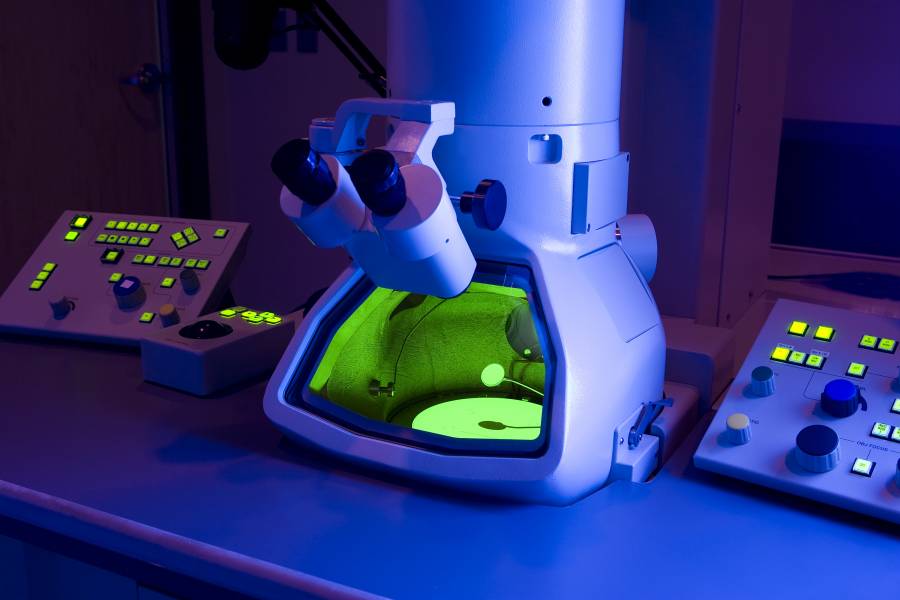Since they came into use in 1938, electron microscopes have played a pivotal role in a host of scientific advances, including the discovery of new proteins and therapeutics and contributions made to the electronics revolution. But the field of electron microscopy must incorporate the latest advances in data science and artificial intelligence to realize its full potential in the years ahead, according to a global research team co-led by Mitra Taheri, professor of materials science and engineering at Johns Hopkins University's Whiting School of Engineering.
In a commentary in Nature Materials, Taheri and the team discuss a model for an open, highly integrated and data-driven microscopy architecture needed to address future challenges in the field such as energy storage, quantum information science, and materials design. They recommend an approach that integrates artificial intelligence and machine learning into each step of the microscopy workflow, enabling experiments and discoveries not possible with today's microscopy technology alone.
"To fully harness the unprecedented volumes of data available today, we need to completely rethink how experimentation is conducted in microscopy," said Taheri, who directs Johns Hopkins' Materials Characterization and Processing Center. "We are rapidly approaching the point of data saturation. Not only do artificial intelligence and machine learning tools allow us to manage data flow, but they also enable more innovative microscopy solutions going forward."
In the piece, the authors discuss how today's microscopes allow us to get a sneak peek at the world at an atomic level using electron beams and revealing how the locomotion and malformations of atomic particles can impact materials and chemical processes. Electron microscopy and improvements to instrument components such as electromagnetic lenses have brought the field a long way, and are enabling the extraction of deep, truly statistical information about very complex processes for the first time. While this is great news, the researchers say it brings into focus the limitations of microscopy in its current state. In terms of analyzing multiple representative samples and integrating large volumes of multidimensional data from high-speed detectors, traditional microscopy is somewhat limited, they contend.
"The field as a whole has not yet adopted data science methods that have revolutionized other domains, such as single particle cryoanalysis and X-ray crystallography," explains Steven Spurgeon, a materials scientist at Pacific Northwest National Laboratory and co-author of the commentary. "You're drinking from a fire hose when the instrument takes 1,000 images a second."
Taheri says rethinking how microscopy experimentation is conducted and incorporating these revolutionary data science methods is the key to unlocking electron microscopy's full power and will play a critical role in realizing the goals of the Materials Genome Initiative.
Members of the team came together during the Next-Generation Transmission Electron Microscopy, or NexTEM, workshop, which is part of a series led by Taheri, Spurgeon, and Demie Kepaptsoglou from SuperSTEM Daresbury in the UK.
Posted in Science+Technology, Voices+Opinion








